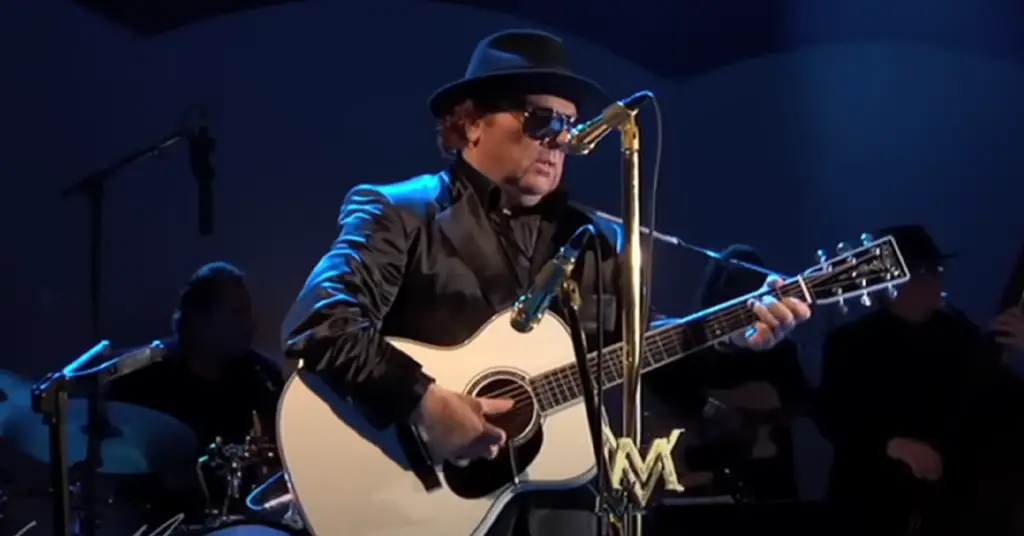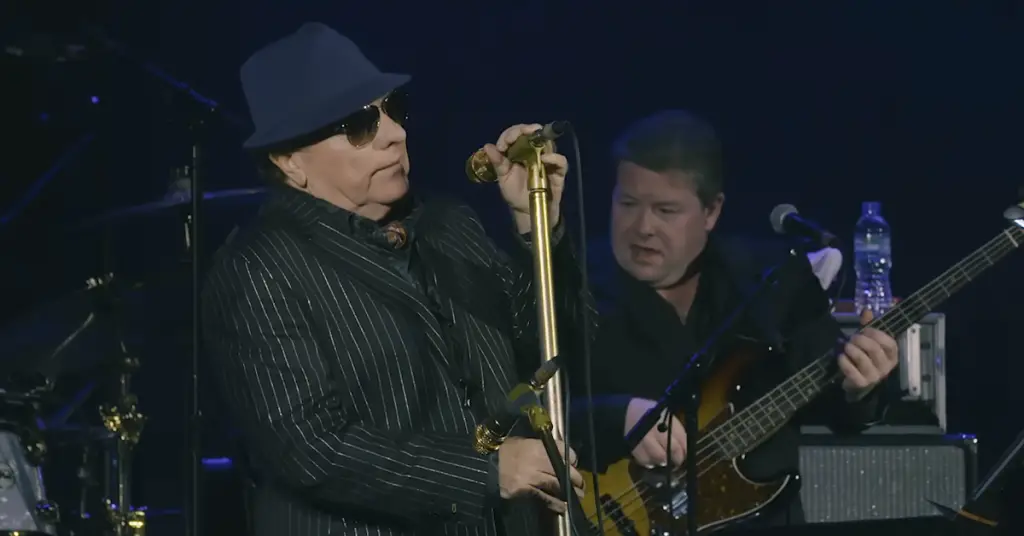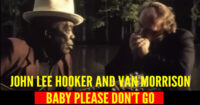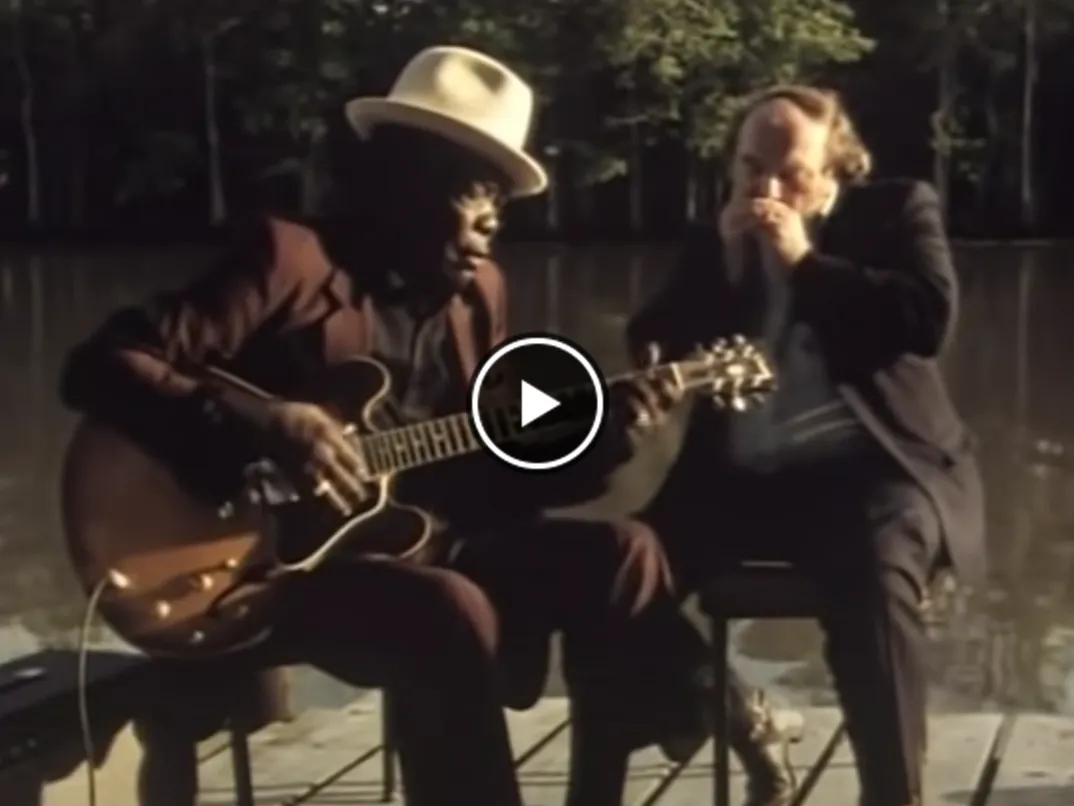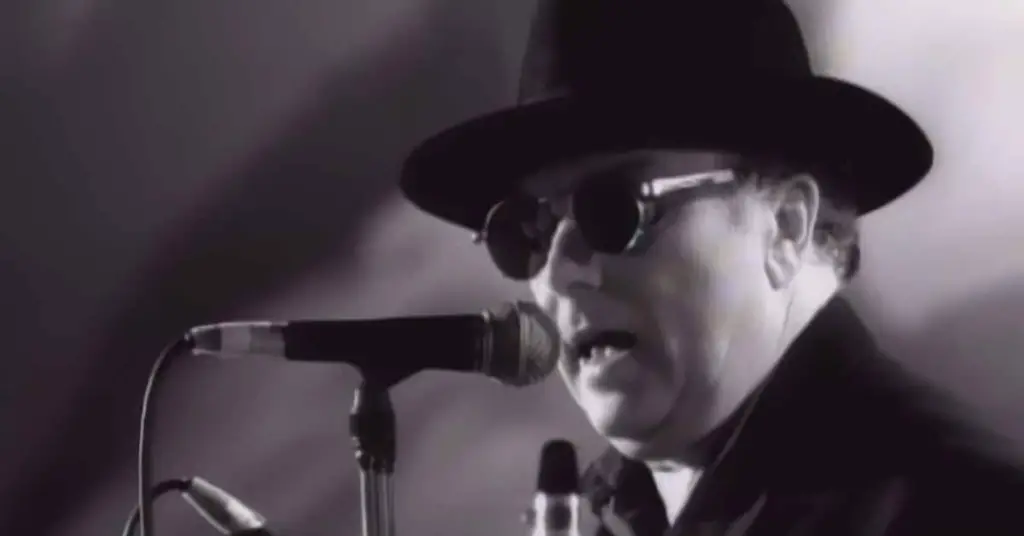Van Morrison – Gloria: The Raw Birth of Garage Rock
Three Chords That Changed Everything
Some songs don’t need complexity — they just need attitude. “Gloria” by Van Morrison (with Them) is the perfect example. Released in 1964, it’s one of those primal rock ’n’ roll songs that feels alive every time it’s played — simple, defiant, and overflowing with energy.
The first time I heard it, I was struck by how real it sounded. No polish, no filters — just a band in full swing, driven by Morrison’s youthful snarl and a riff anyone with a guitar could play. It was garage rock before the term even existed.
The Origins: Belfast to the World
Van Morrison was just 18 when he wrote “Gloria” while fronting the Belfast-based band Them. Legend has it he wrote the song during a gig at the Maritime Hotel, and it became their signature closing number. Recorded in 1964 and released in 1965, it appeared as the B-side to “Baby, Please Don’t Go” — though “Gloria” quickly became the real star.
It’s astonishing how such a simple three-chord progression (E–D–A) could become one of the most influential riffs in rock history.
The Lyrics: Youthful Lust and Raw Energy
Let’s be honest — “Gloria” isn’t about philosophy or social commentary. It’s about desire, plain and simple. Morrison delivers every word with a mix of swagger and innocence, turning a straightforward lyric into something magnetic.
“She comes around here, just about midnight…”
It’s raw, it’s urgent, and it’s universal. Every teenager who ever picked up a guitar could relate.
The Sound: The Blueprint for Garage Rock
Musically, “Gloria” is as stripped down as it gets — but that’s the beauty of it. Billy Harrison’s jangly guitar riff drives the song, Alan Henderson’s bass holds steady, and Ronnie Millings’ drumming gives it just enough swing.
And at the center of it all, Morrison’s vocals — wild, unrestrained, completely in the moment. He doesn’t just sing “G-L-O-R-I-A”; he shouts it like a battle cry.
That raw spontaneity inspired countless garage bands in the U.S., leading to covers by The Shadows of Knight, The Doors, Patti Smith, and more.
The Doors’ Version: A Darker Fire
When The Doors covered “Gloria” live, they transformed it into something more hypnotic and dangerous — slower, sensual, and unmistakably Jim Morrison. Yet even in that darker form, the spirit of Van’s original remained. It’s the kind of song that bends to whoever plays it, but never breaks.
A Fan’s Reflection
I remember the first time I played “Gloria” with friends in a garage band. Three chords, and suddenly, we felt like rock stars. It’s that kind of song — empowering, immediate, and timeless.
Hearing Van’s original again years later, I realized how much heart it had beneath the swagger. You can feel the hunger of a young man trying to break out of Belfast and into the world.
Why Gloria Still Rocks the World
Nearly 60 years later, “Gloria” remains one of the most electrifying songs ever recorded. It’s proof that you don’t need complexity to make magic — just rhythm, feeling, and honesty.
For me, “Gloria” is Van Morrison’s purest moment — before the mysticism, before the jazz — just a kid with fire in his voice and a song that would light up rock ’n’ roll forever.







